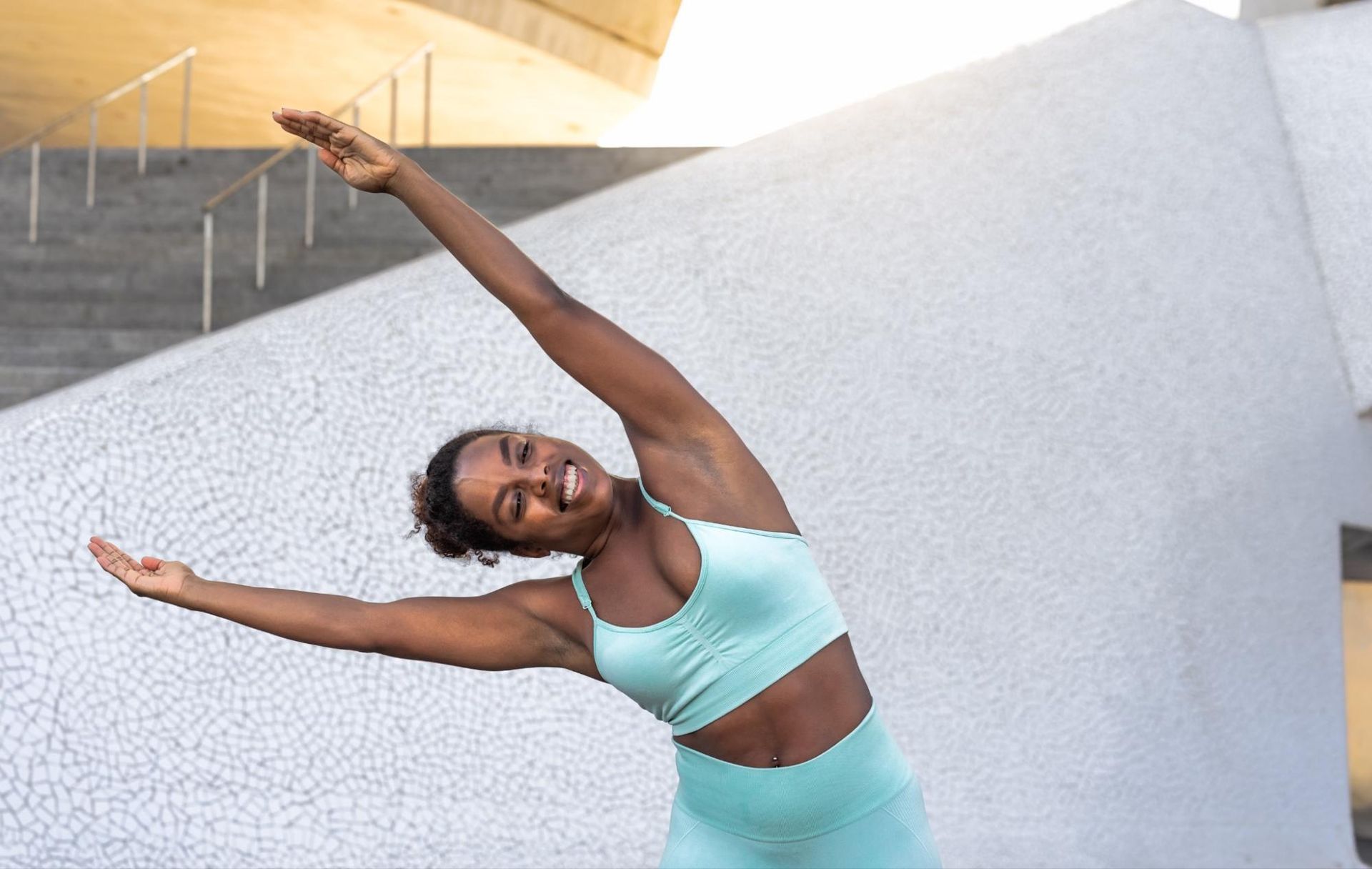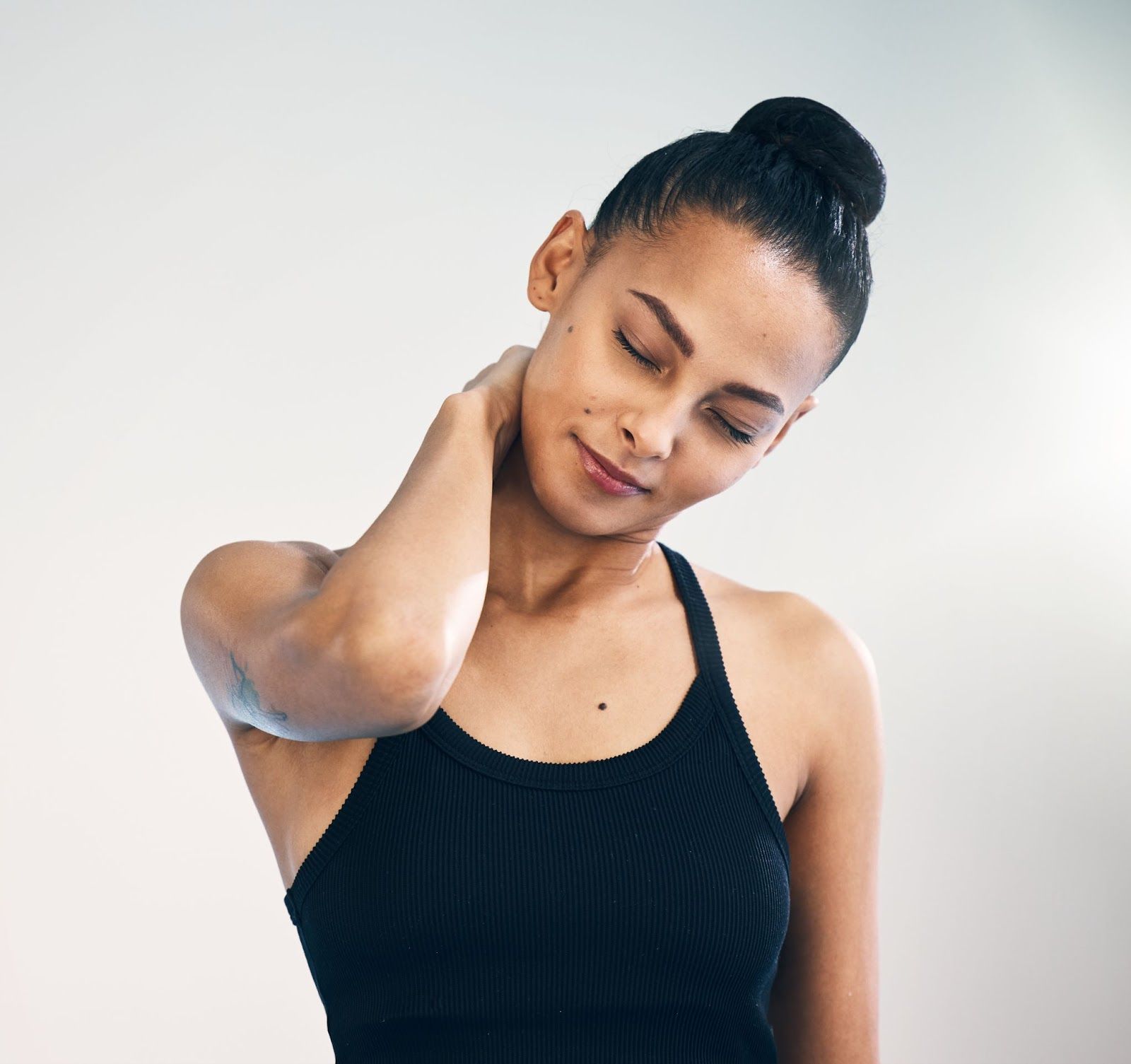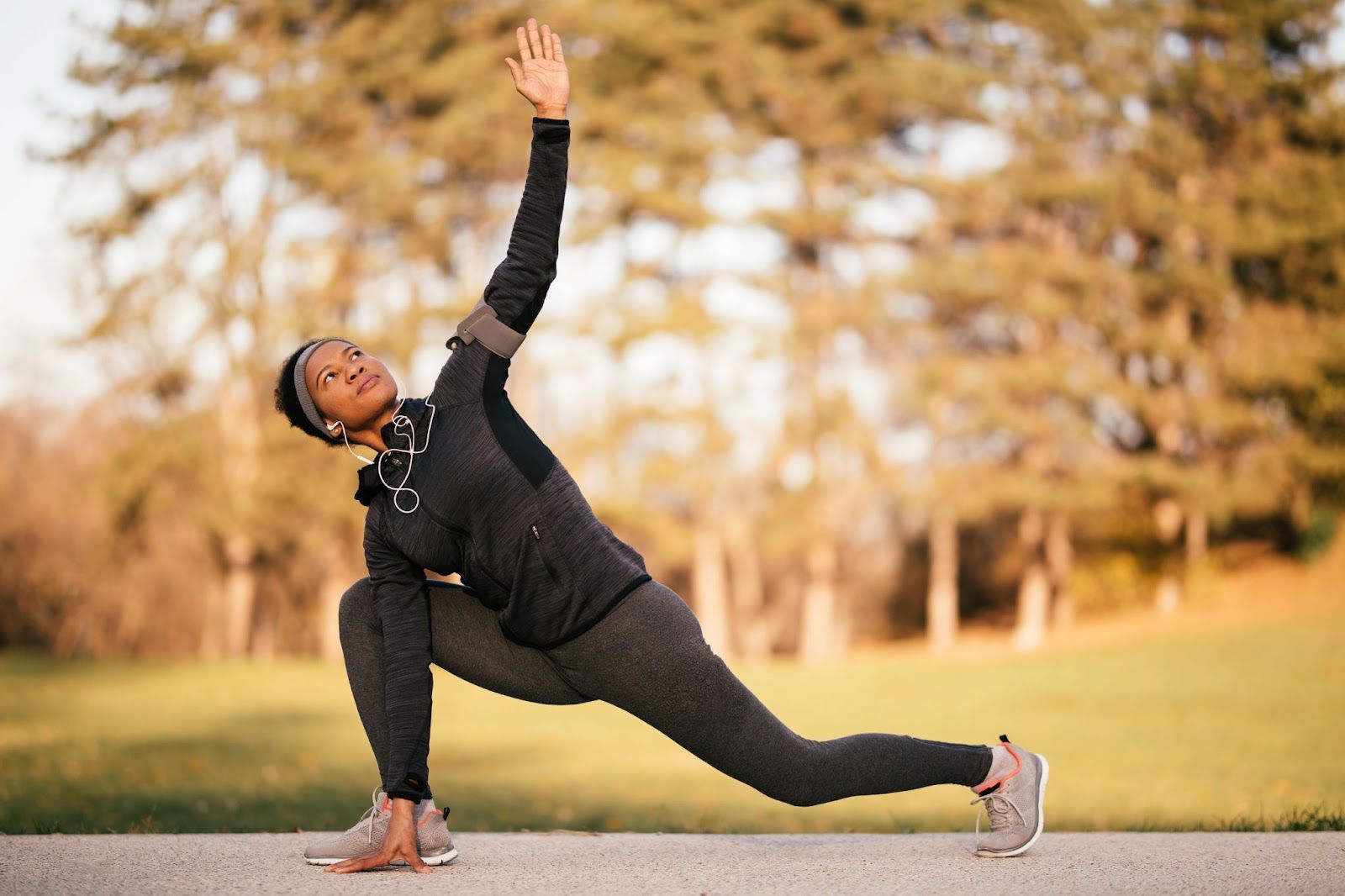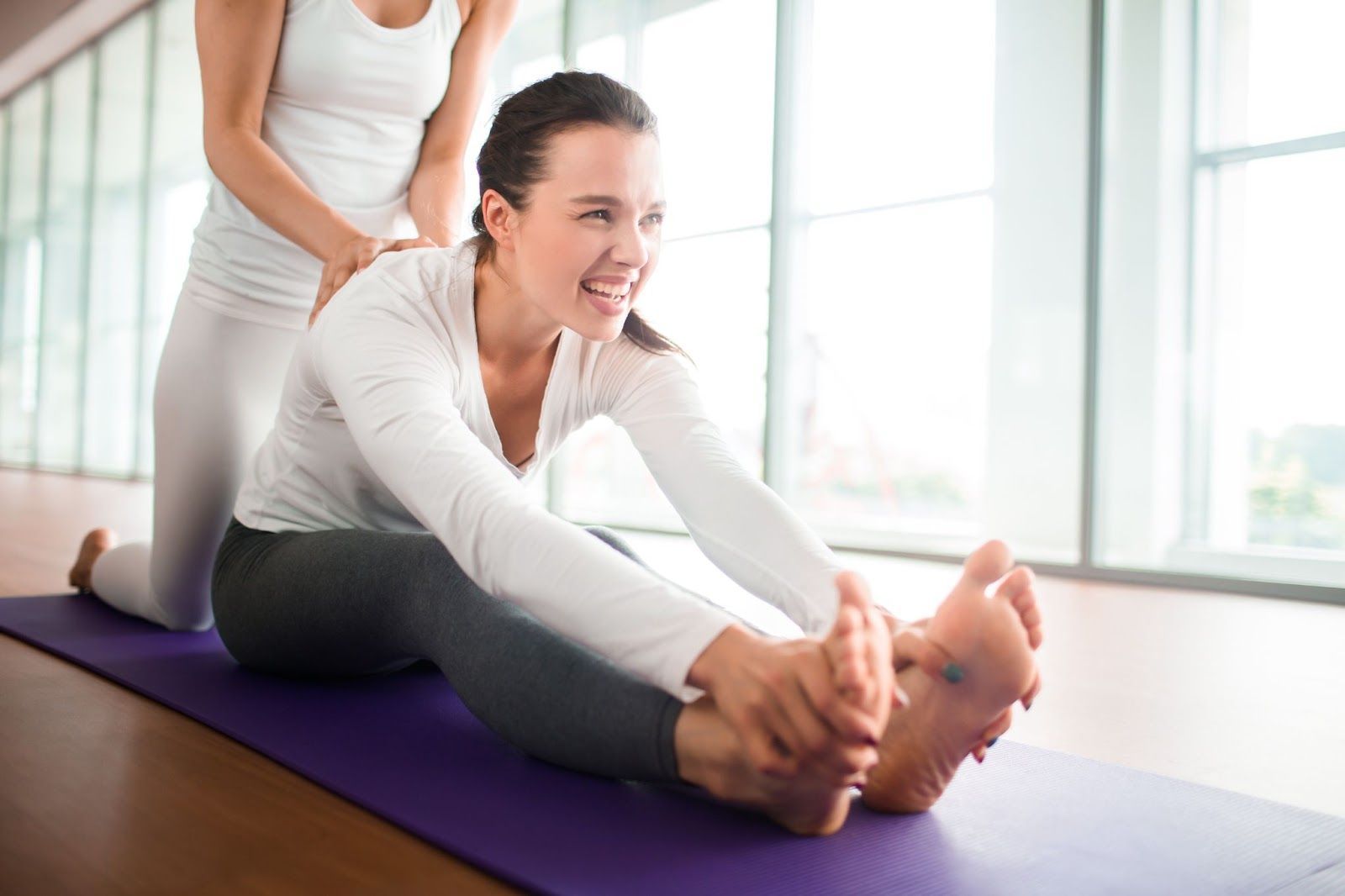Call us at (909) 674-0071
Self-Stretching Techniques for Effective Recovery
In the pursuit of a balanced and healthy lifestyle, recovery is paramount. One often-overlooked aspect of recovery is stretching – a practice that not only enhances flexibility but also aids in relieving muscle tension and promoting overall well-being. In this comprehensive guide, we'll delve into the world of self-stretching techniques, exploring methods to help you unwind, recover, and optimize your body's potential.
Understanding the Importance of Self-Stretching
Before we dive into specific techniques, it's crucial to comprehend the benefits of self-stretching:
- Increased Flexibility: Regular stretching improves flexibility by elongating muscles and increasing their range of motion.
- Reduced Muscle Tension: Stretching helps release muscle tightness and tension, preventing discomfort and potential injuries.
- Improved Circulation: Stretching enhances blood flow to muscles, promoting better circulation and nutrient delivery.
- Enhanced Posture: Consistent stretching contributes to better posture by releasing tension in muscles that may be causing misalignments.
- Stress Relief: The act of stretching triggers the release of endorphins, reducing stress and promoting relaxation.
Self-Stretching Techniques for Your Daily Routine
1. Dynamic Stretching for Warm-Up
Dynamic stretching involves controlled movements that mimic the activity you're about to perform. This type of stretching is ideal as a warm-up, as it gradually increases your heart rate and circulation. Examples include leg swings, arm circles, and torso twists.
Tip: Perform dynamic stretches for 5-10 minutes before engaging in more intense physical activities.
2. Static Stretching for Flexibility
Static stretching involves holding a stretch for an extended period, typically 15-60 seconds. This helps lengthen muscles and improve flexibility. Common static stretches include hamstring stretches, quadriceps stretches, and shoulder stretches.
Tip: Incorporate static stretches into your cool-down routine to enhance flexibility and aid in muscle recovery.
3. Foam Rolling for Myofascial Release
Foam rolling, or self-myofascial release, involves using a foam roller to apply pressure to specific points on the body. This helps release tension in the fascia, the connective tissue that surrounds muscles.
Tip: Focus on areas of tightness and discomfort, rolling slowly and pausing on trigger points for deeper release.
4. Yoga for Mind-Body Connection
Yoga combines stretching, breathing, and mindfulness to promote overall well-being. Incorporating yoga into your routine can improve flexibility, balance, and mental clarity.
Tip: Choose yoga poses that target areas of tightness and practice controlled breathing for added relaxation.
5. PNF Stretching for Increased Flexibility
Proprioceptive Neuromuscular Facilitation (PNF) stretching involves a combination of stretching and contracting muscles. This technique can lead to significant gains in flexibility.
Tip: Partner with someone for PNF stretching or use resistance, such as a resistance band, for solo practice.
6. Active Isolated Stretching for Specific Muscles
Active Isolated Stretching (AIS) focuses on isolating specific muscles for short durations. This technique emphasizes stretching without triggering the body's protective mechanisms.
Tip: Perform AIS with controlled movements, focusing on the muscle you're targeting without overstretching.
7. Pilates for Core Strength and Flexibility
Pilates combines stretching with core-strengthening exercises. The controlled movements enhance flexibility while building a strong and stable core.
Tip: Integrate Pilates exercises into your routine to simultaneously work on flexibility and core strength.
Incorporating Self-Stretching into Your Routine
Now that you're familiar with various self-stretching techniques, here are some tips for effective incorporation:
- Consistency is Key: Make stretching a regular part of your routine, whether it's a daily practice or integrated into your workout sessions.
- Listen to Your Body: Pay attention to how your body responds to different stretches. Avoid pushing yourself to the point of pain, and instead focus on gentle, controlled movements.
- Customize Your Routine: Tailor your self-stretching routine to address your specific needs and goals. If you have tightness in certain areas, prioritize stretches that target those muscles.
- Combine Techniques: Experiment with combining different stretching techniques to create a well-rounded routine that addresses various aspects of flexibility and recovery.
- Seek Professional Guidance: If you're new to stretching or have specific health concerns, consider consulting with a fitness professional or physical therapist to create a personalized stretching program.

Embrace the Power of Self-Stretching
In the journey toward optimal well-being and recovery, the power of self-stretching should not be underestimated. By incorporating a variety of stretching techniques into your routine, you can enhance flexibility, release muscle tension, and foster a deeper mind-body connection. Whether you prefer dynamic stretches for warm-ups, static stretches for flexibility, or a combination of various techniques, the key is consistency and a mindful approach to your body's needs. Unwind, recover, and unlock your body's full potential through the art of self-stretching.
Visit the
StretchX blog today for more information on how you can build strength, flexibility, and more through regular stretching.
Certified Stretch Instructor
Phone: (909) 674-0071
Business Hours: Monday to Friday: 8am - 7pm • Saturday: 7am - 1pm
All Rights Reserved | StretchX




